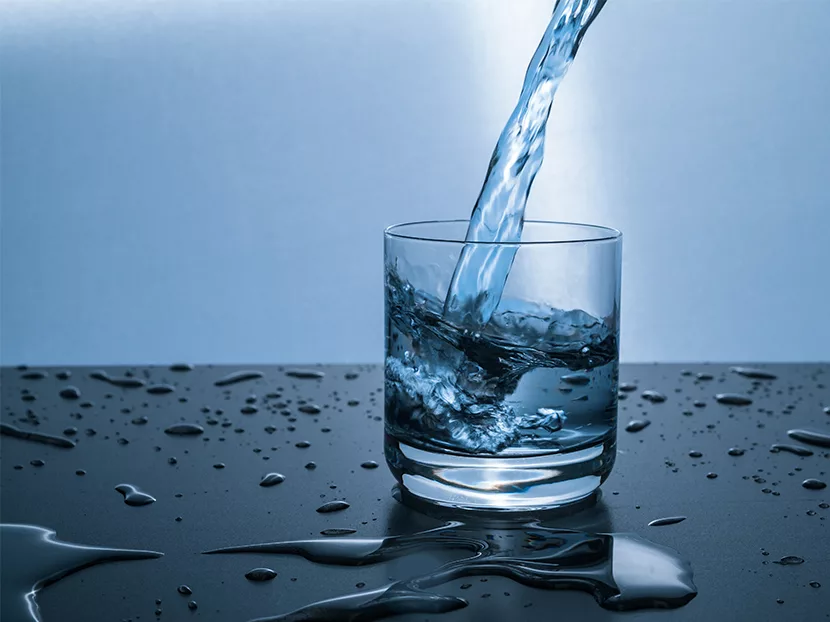The Water Quality Association (WQA) supports Lead and Copper Rule revisions proposed by the U.S. Environmental Protection Agency (EPA) and is encouraging its members to review them and submit public comment by Jan. 13, 2020. The revisions were designed to improve how communities treat and test for lead in drinking water and force quicker regulatory response when lead is detected.
The proposal continues the push for replacing lead water service lines and requires communities to inventory lead lines, provide corrosion control treatment, follow new improved sampling procedures, monitor schools and child-care centers and increase communications with residents when their water tests at higher than the action level of 15 parts per billion (ppb) of lead. Although the plan does not change that action level, it sets a new "lead trigger level" of 10 ppb, which would require water systems to take actions working toward lead reduction at that point.
The revised rule also would allow community water systems serving less than 10,000 people and all non-transient non-community water systems to use point-of-use devices certified to remove lead in place of corrosion control treatment. In addition, to address potential lead line disturbance, such as during a lead line replacement, systems will provide a certified pitcher to remove lead for up to three months and conduct a follow-up test.
WQA applauds efforts to reduce lead in public drinking water wherever possible while standing ready with immediate solutions, such as the use of certified filtration systems. WQA has submitted its own letter of support of the revisions and invites members to use it as a template for their own. Members also can read about the revisions affecting the water treatment industry at a new page on the WQA website.




